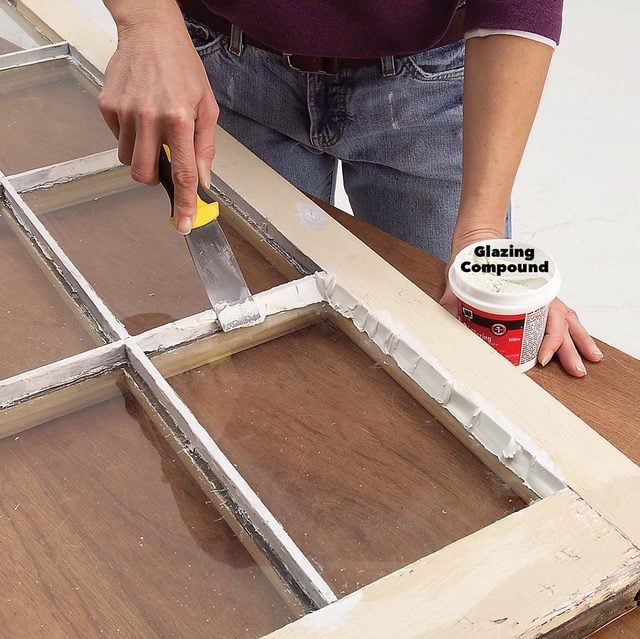Comprehensive Guide to Glass Door Repair
Glass doors are an essential architectural element in many residential and commercial spaces. Not only do they function as a functional entryway and exit point, but they likewise offer aesthetic appeal, permitting an abundance of natural light to flood indoor spaces. However, like any other part of a structure, glass doors can struggle with wear and tear due to everyday use, environmental aspects, or accidental damage. Comprehending the subtleties of glass door repair can conserve homeowner time and money while ensuring security and functionality. This post dives into the numerous elements of glass door repair, recognizing common issues, repair strategies, and upkeep pointers.
Typical Issues Faced by Glass Doors
Glass doors can deal with a variety of problems that demand repair. The most typical concerns include:
| Issue | Description |
|---|---|
| Fractures and Chips | Physical damage triggering loss of integrity and security. |
| Misalignment | Doors that do not close appropriately due to inappropriate installation. |
| Broken Hinges | Impeding smooth operation, leading to more extensive damage. |
| Fogging/Condensation | Impairing visibility and aesthetic appeal. |
| Frame Damage | Causing operational concerns and possible safety risks. |
1. Cracks and Chips
Fractures and chips in glass doors can take place due to accidental impacts or severe weather conditions. While superficial chips may not right away affect functionality, they can get worse gradually if left unaddressed. Cracks, on the other hand, posture safety hazards and can cause complete door failure.
Repair Techniques for Cracks and Chips
- Epoxy Resin: For smaller chips, a clear epoxy resin can be used to fill the problem, restoring the glass's integrity and transparency.
- Replacement Pane: If the damage is extensive, changing the whole glass pane might be needed. This usually involves eliminating the old glass and installing a brand brand-new piece.
2. Misalignment
Doors that do not line up effectively can lead to ineffectiveness and increased wear on door parts. Misalignment can stem from improper installation, weather changes, or endure the hinges.
Adjustment Methods for Misaligned Doors
- Hinge Adjustment: Tightening or loosening up screws on the hinges can help realign the door. Make sure the door is level throughout adjustments.
- Shimming: If hinges are poorly positioned, shims can be inserted to adjust the door's position without a complete replacement.
3. Broken Hinges
Hinges are crucial for the smooth operation of glass doors. When they break or become rusty, issues such as squeaking, trouble in opening and closing, and complete door failure can emerge.
Actions to Fix Broken Hinges
- Assessment: Check the hinges for indications of wear and damage.
- Replacement: Remove the damaged hinge by unscrewing it from the door and frame. Install talking to -new hinge that matches the original specifications.
4. Fogging/Condensation
Misting or condensation in between double-glazed glass panels can result from sealant failure, causing unsightly views and lessened insulation effectiveness.
Solutions for Fogging
- Seal Replacement: The seals between double-glazed panes can be changed to bring back performance.
- Replacement Units: In some cases, entirely brand-new double-glazed systems might need to be purchased and set up to ensure reliable insulation.
5. Frame Damage
The frame supporting the glass can experience water damage, rot (specifically in wooden frames), or deterioration due to use and tear. A damaged frame can result in further glass issues and possible security threats.
Repair Procedures for Damaged Frames
- Support: For small damages, including braces or strengthening the frame with new wood or metal may work.
- Total Replacement: When the damage is serious, changing the whole frame may be needed.
Preserving Glass Doors
Preventative upkeep goes a long method in guaranteeing the durability of glass doors. Regular checks and care can help reduce many prospective concerns.
Maintenance Tips
- Routine Cleaning: Use glass cleaners and soft fabrics to tidy glass surface areas, removing dirt and grime.
- Lubricate Hinges: Apply lube to hinges and locks regularly to avoid rust and ensure smooth operation.
- Check for Damages: Routinely examine for cracks, chips, or signs of wear, resolving issues promptly.
FAQs about Glass Door Repair
Q1: How frequently should I keep my glass doors?
A1: Regular upkeep should be performed a minimum of two times a year, with inspections before and after extreme weather condition changes.
Q2: Can I repair a fracture in the glass myself?
A2: Minor cracks can be repaired with epoxy, but bigger fractures or damage may need professional support for security.
Q3: What type of glass is best for a door?
A3: Tempered glass is recommended for its strength and security, as it is less most likely to shatter.
Q4: How do I know if a professional repair is required?
A4: If issues continue after standard repairs or if the damage is comprehensive, it's best to seek advice from a professional.
Q5: Are there any replacement costs to consider?
A5: Replacement expenses can vary, but elements such as glass type, size, and installation complexity can affect prices. Consult local suppliers for accurate price quotes.
Comprehending the complexities of glass door repair is essential for preserving both the functionality and aesthetic appeals of your residential or commercial property. Basic concerns can intensify if overlooked; therefore, addressing them quickly and looking for professional assistance when essential is essential. With careful maintenance and attention to typical issues, glass doors can remain a gorgeous and practical feature for years to come.

